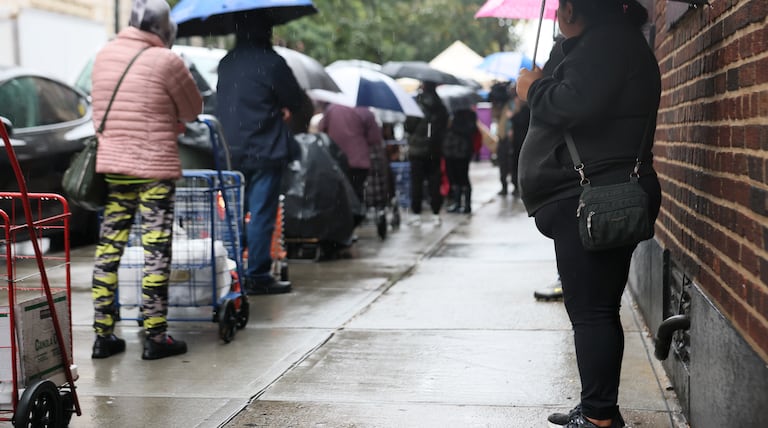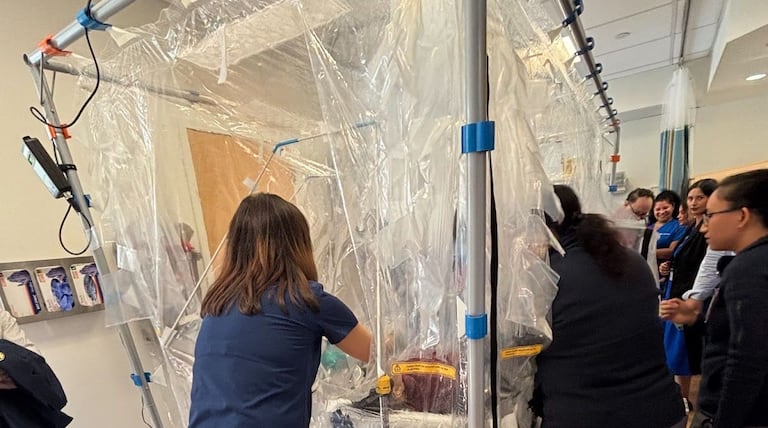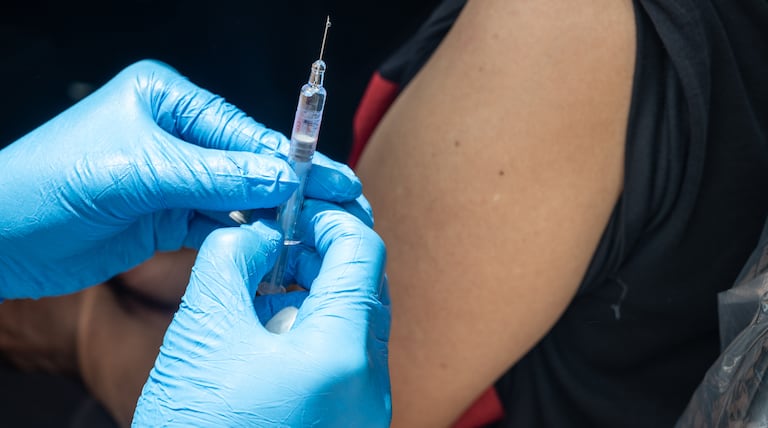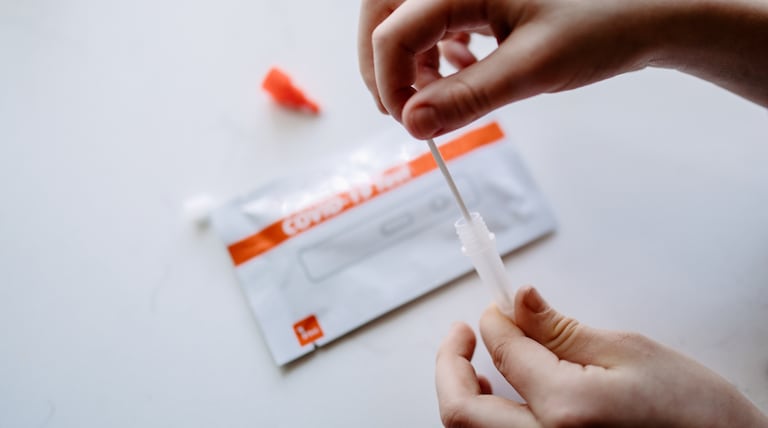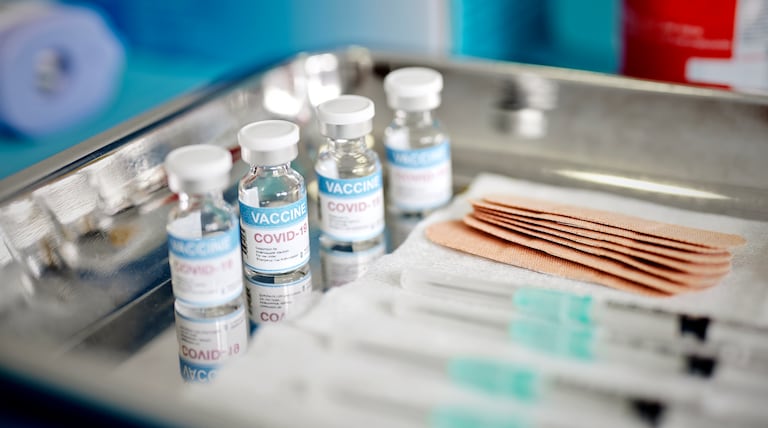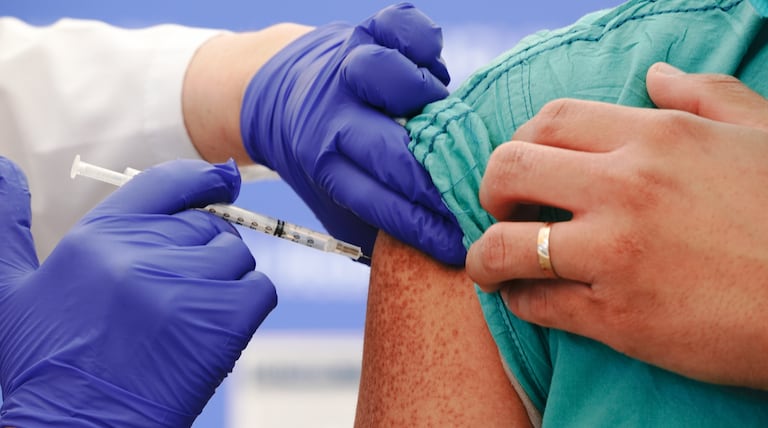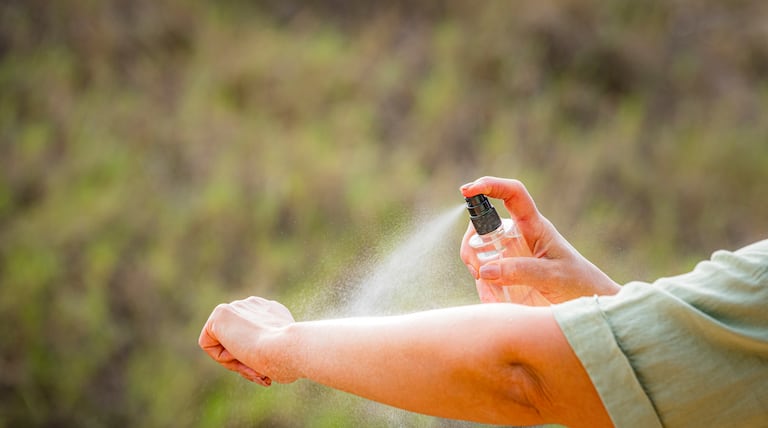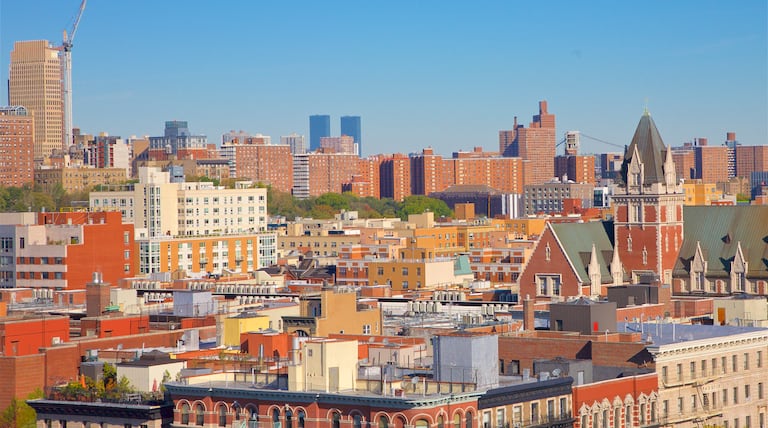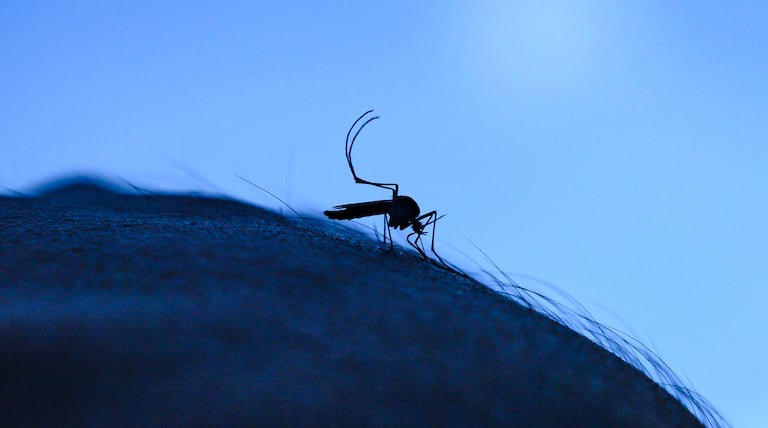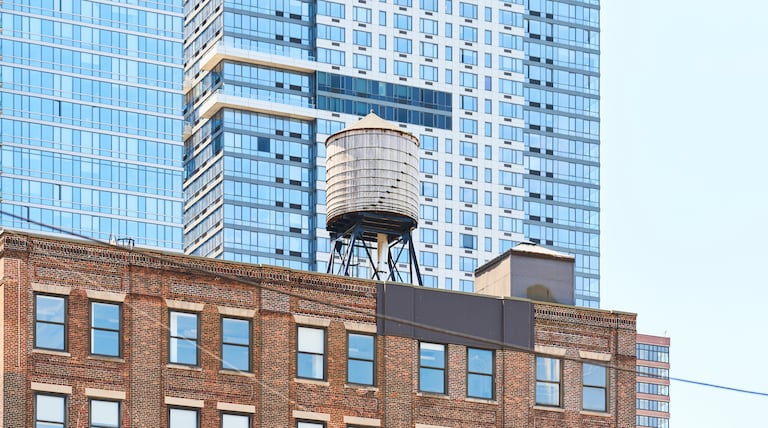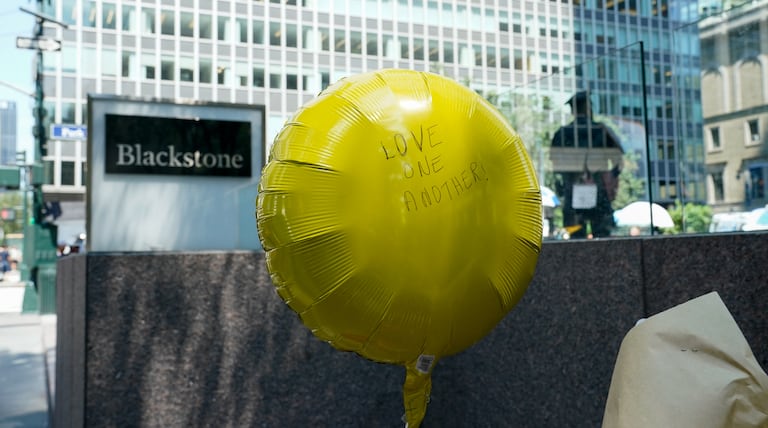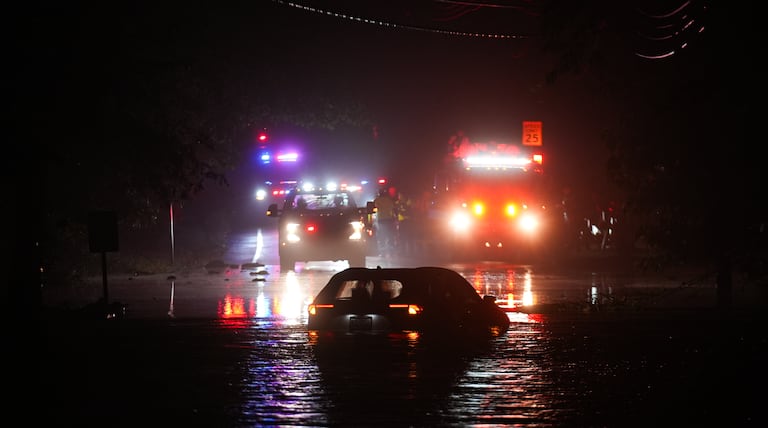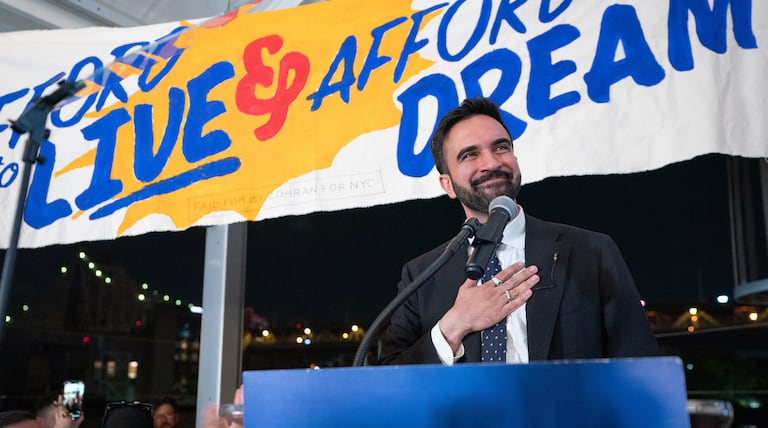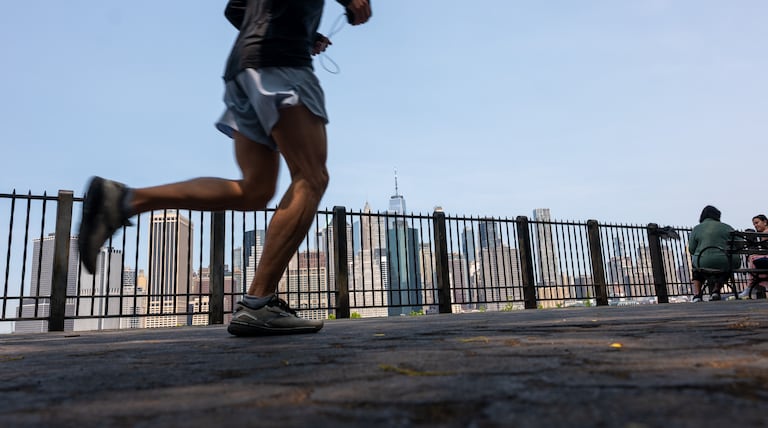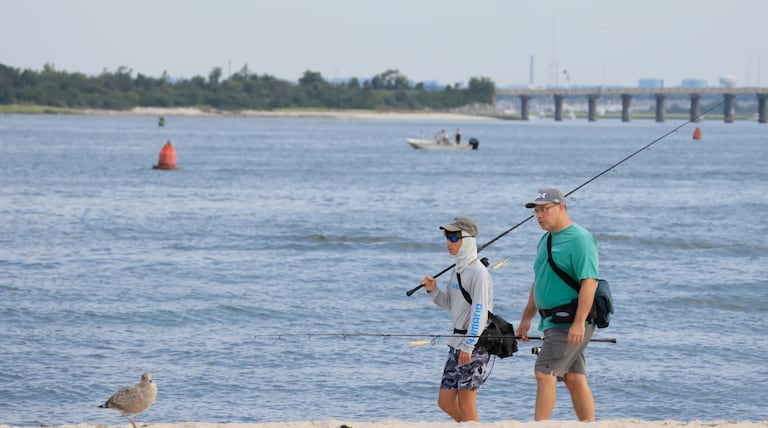Your Local Epidemiologist
A new state health report finds fewer high school students are using cigarettes, e‑cigarettes, or other tobacco products last year.
Several New York neighborhoods are considered “food deserts” — where it’s difficult to buy healthy, nutritious food at an affordable price.
About 140,000 people across the state benefit from enhanced Affordable Care Act subsidies. Cutting them would be more expensive for everyone in the long run.
Chikungunya, a virus spread by mosquitoes, is very rare in the United States. The last locally transmitted cases occurred in 2015.
From shifting Covid-19 vaccine recommendations and a debate over Tylenol and autism, to declining Covid levels in New York and even a case of eastern equine encephalitis, there’s a lot to sort through.
Covid is rising, what to know about vaccine recommendations, peak mosquito season, and a Legionnaires' outbreak in Westchester County.
It's a temporary solution, but you can now get a Covid-19 vaccine at New York pharmacies without a prescription.
Chaotic government processes and upheaval have left Covid vaccine recommendations in limbo, especially in New York.
It’s not just the bugs: Recent events, from a bus crash in upstate New York to the close of a Legionnaires’ outbreak, show how fragile our systems can be, and how directly that fragility impacts our health.
Here's what to know about symptoms, how the bacteria spread, and why it's OK to drink the water in affected areas.
Algal blooms at beaches and a bad year for hand, foot, and mouth disease are also part of the latest public health news for New York.
While Legionella is common in the environment, most people exposed won’t get sick. But when conditions are right, and vulnerable groups live or work close to sources, exposure can lead to serious illness.
It’s been a tough week in New York City. Your Local Epidemiologist New York breaks down the latest on gun violence, Covid trends across the state, and a new cluster of Legionnaires’ disease.
New York state reports first West Nile virus cases of the season. In New York City, wastewater shows Covid is on the rise.
Recent rainfall has revealed New York City's vulnerability to flooding. New Jersey has reported a measles case. Tick bites remain high in the Northeast. And some mosquitoes in New York City have tested positive for West Nile virus. Here's how to protect yourself.
President Donald Trump's 'One Big Beautiful Bill' cuts $1 trillion from Medicaid and reshapes the Affordable Care Act marketplace. Your Local Epidemiologist NY shares the action you can still take.
Zohran Mamdani's health proposals, a win for Medicare recipients, and low Covid levels round out this week's dose of health news.
Next week, parts of New York could see high temps reach 100°F. Because our bodies gradually adapt to heat as the summer progresses, we’re especially vulnerable in June.
The mayor impacts health through policy, budgetary control, and agency oversight. The mayor appoints the health commissioner and sets priorities on issues like chronic disease, overdose prevention, mental health, vaccines, and emergency preparedness.
A new Covid variant has been detected in international travelers who arrived to New York City airports.

